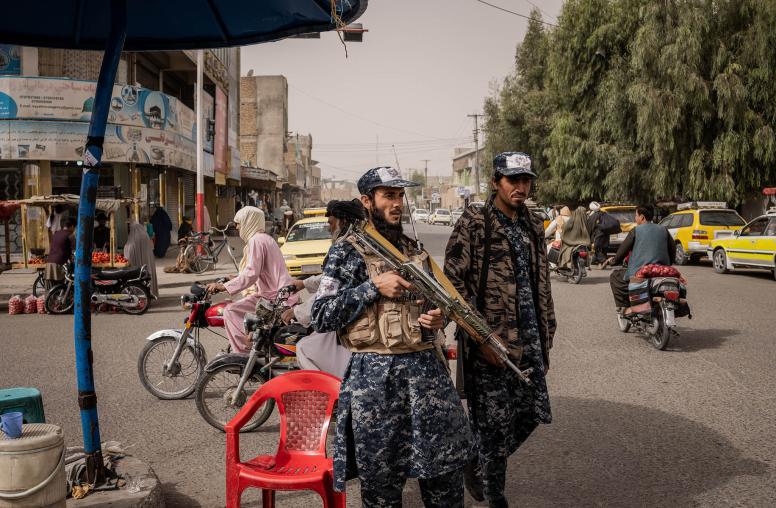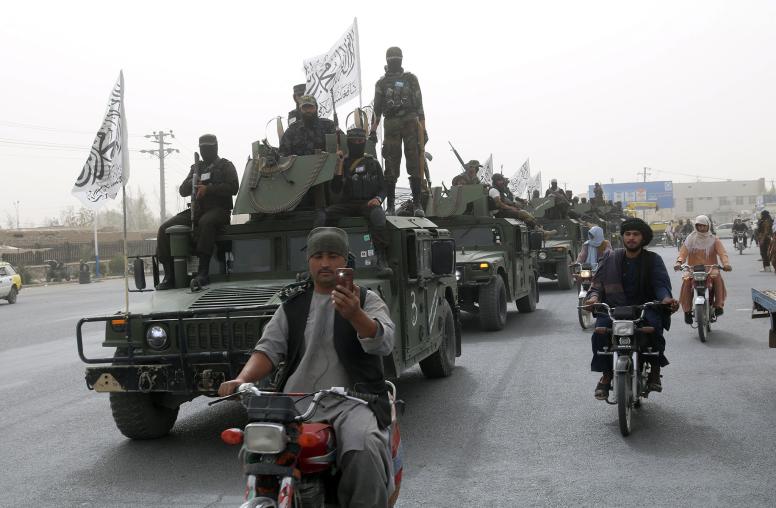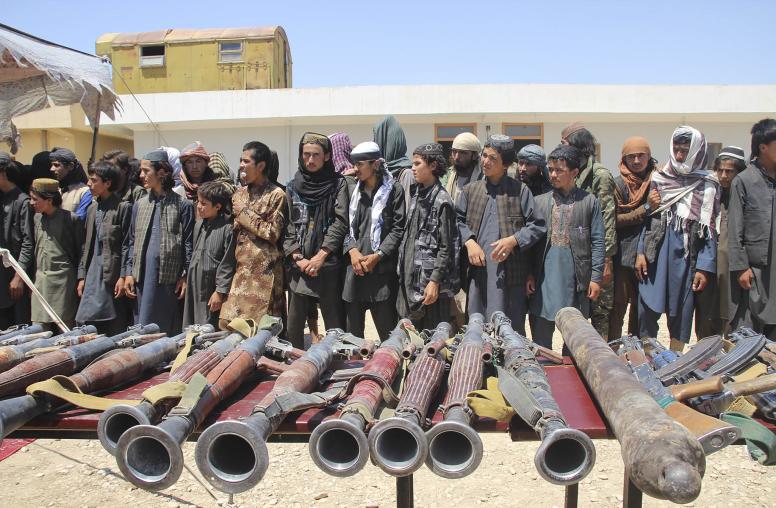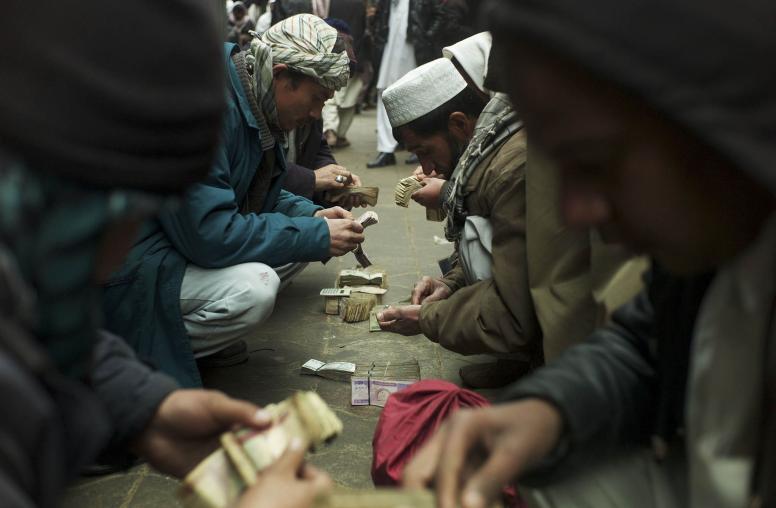Service Delivery in Taliban-Influenced Areas of Afghanistan
In 2018 and 2019, USIP partnered with the Afghanistan Analysts Network (AAN), a Kabul-based research and policy organization, in an effort to understand how the Taliban provide education, health, and other services to people who live in areas where they are the dominant power. Based on a series of studies conducted by AAN in five districts across the country, the report also examines the Taliban's motivations as a governing entity and their implications for a potential peace settlement.

Summary
- As the Taliban gained and consolidated their hold over territory, they were forced to become responsible for the well-being of local communities.
- Even as the Taliban leadership remained focused on military objectives, in recent years they began to develop policies to deliver education and health services in particular, in some cases reversing earlier policies that denied these services.
- A study of several diverse districts across Afghanistan reveals that the Taliban leadership has attempted to establish a certain uniformity in its governance of territory largely or partly under its control.
- For example, while the Taliban have always allowed health officials to work in their areas, in part because they too need these services, they have taken increasing ownership of how these services are provided.
- The Taliban initially opposed government schools, but they later developed policies that allowed schools to function, as well as permitting girls to attend school to age twelve.
- Should there be a peace process, the Taliban and government will need to reconcile their differences on service delivery in the areas falling under their control.
About the Report
This report synthesizes eight district-level studies on how the Taliban deliver services in areas of Afghanistan where they have control or dominance. Funded by the United States Institute of Peace, the studies were carried out in 2018 and 2019 by the Afghanistan Analysts Network, an independent policy research organization based in Kabul.
About the Author
Scott S. Smith is a senior expert on Afghanistan at the United States Institute of Peace. Between 2017 and 2019 he was the political director at the United Nations Assistance Mission in Afghanistan (UNAMA), and between 2012 and 2016 he was the director of USIP’s Afghanistan Program. He is the author of numerous articles on Afghanistan as well as the book Afghanistan’s Troubled Transition: Politics, Peacekeeping, and the 2004 Presidential Election (2011), and co-editor of Getting it Right in Afghanistan (2013).



